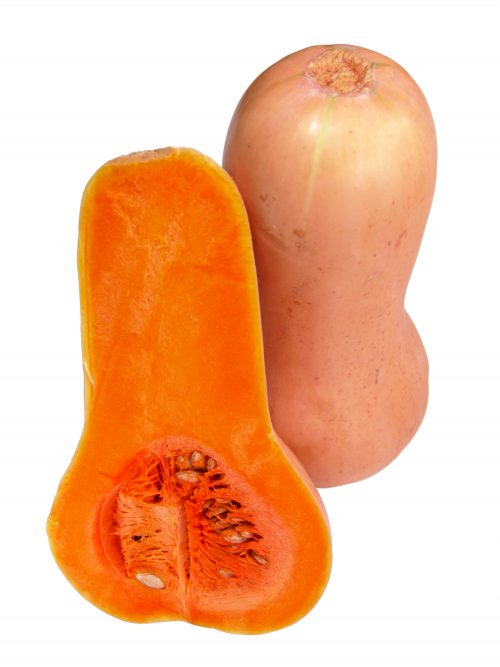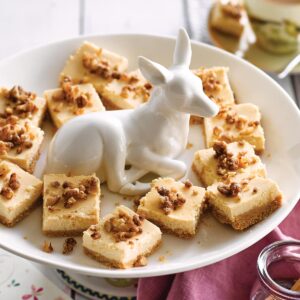
Pumpkins are considered a winter squash as opposed to softer-skinned ‘summer squash’ such as marrows and courgettes. At maturity, pumpkins are hard-skinned and hard-fleshed. Nationwide, pumpkins can vary in taste as the temperature, soil and fertiliser the vegetable is grown in can make all the difference.
Buying
Choose pumpkins with undamaged skin which feel heavy for their size. To select mature pumpkins go for slightly slippery skin with a number of brown flecks on the stem – the more flecks, the more mature the vegetable.
Storing
Store whole pumpkin in a cool dark dry place. The hard protective skin ensures pumpkin can keep for up to four weeks. Once cut, remove seeds, place in an airtight plastic bag or container then refrigerate. Because buttercup squash skin is softer than other pumpkin or squash types, this variety has a shorter shelf life.
Nutrition
Pumpkins are an excellent source of the antioxidant carotenoids, alpha-carotene and beta-carotene, which produce the orange colouring of pumpkin flesh.
Using
Pumpkins can be hard to cut up, so to have a manageable vegetable from the start, place the whole pumpkin in a plastic bag and drop it on the ground – concrete is ideal – from a height. Carve up pieces and store accordingly.
4 ways with pumpkins
- Steam small pumpkin cubes for about seven minutes and serve pumpkin with a little oil and lemon juice.
- Complement cooked pumpkin with honey, sprinkled ground cinnamon and nutmeg.
- For a simple salad, add crumbled feta and chopped fresh herbs such as rosemary or thyme to roasted pumpkin pieces.
- Mash pumpkin with a bit of garlic, or make a soup by boiling pumpkin with vegetable stock, light coconut cream, fresh ginger, turmeric and seasoning. Once boiled, process in a blender for a smooth velvety soup.
Did you know? Immature kumi kumi have speckled green soft skin with white-green flesh and are used like courgettes.
www.healthyfood.com










